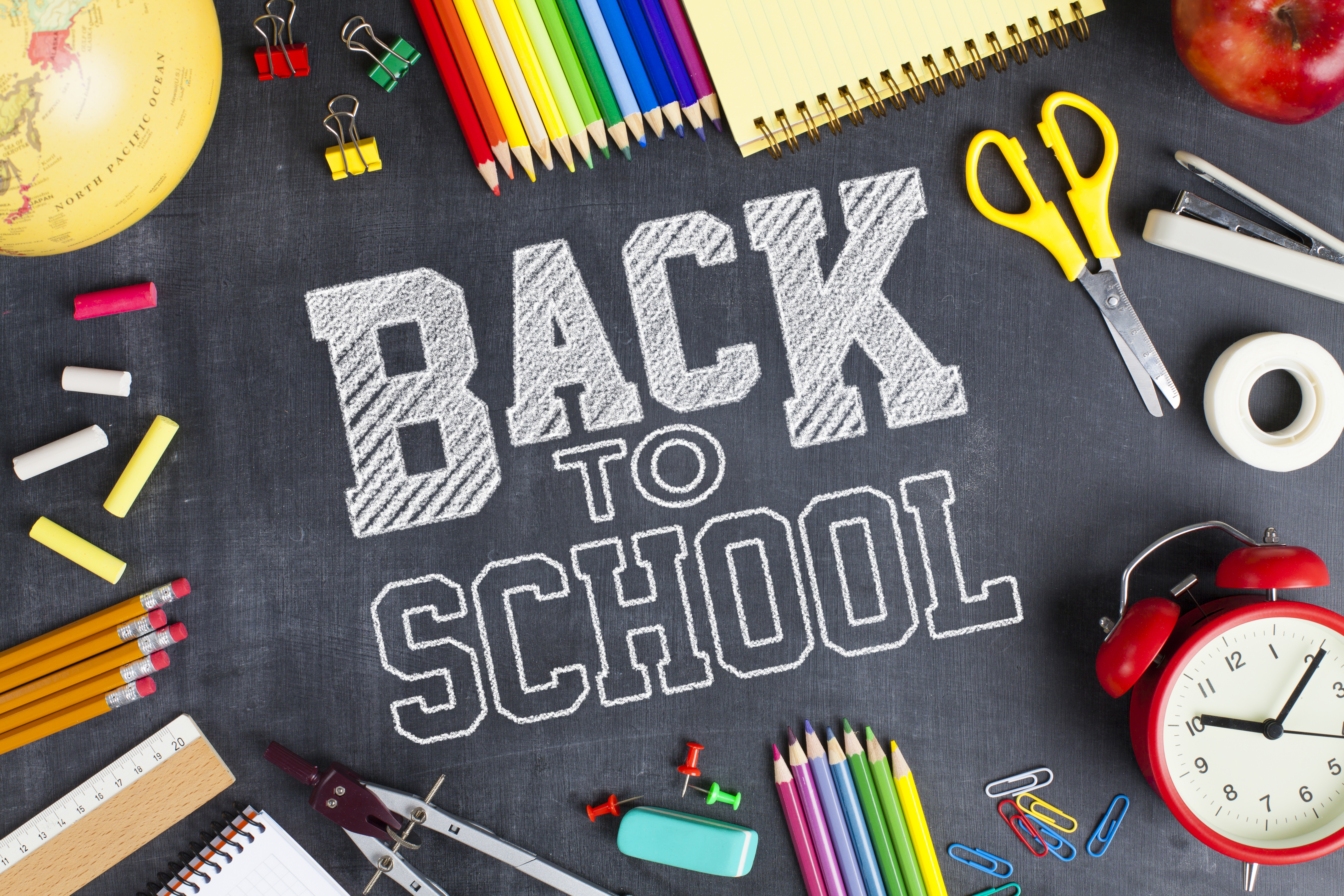Summer is coming to an end and it’s time to get ready for a new school year.
A lot has happened in the last year alone — cyberbullying is a real problem, a vaccination controversy affected a measles outbreak, another tragic school shooting — that has kept the nation’s attention on student safety and school security.
Arming teachers is now a consideration for some schools and a new reality for others; mental health is being taken far more seriously in many school districts.
Whether you are a parent, teacher or school administrator, here are some back-to-school tips and other helpful information to make sure you and your students are mentally and physically prepared for the school year.
The American Academy of Pediatrics put together the following health and safety tips to prepare students for a successful school year:
Easing Into the New Year
- Parents should consider dealing with any potential issues before the school year even begins. If your child has a health issue, a problem with another student or a disability, be sure to talk about it with your child’s school before-hand.
- To ease nerves, it may help to rehearse potential situations (ie. meeting new people, switching classes) with your child so they feel more ready.
- If your child is starting a new school, consider taking them on a tour so they feel more comfortable in the new building. Be sure to point out all exits.
- Get your child back on a normal sleep schedule. According to this study by the Center for Disease Control, 70% of high school students are not getting the recommended hours of sleep on school nights. Sleep deprivation can lead to drug and alcohol use, lack of exercise and suicidal thoughts.
Traveling To and From School
School Bus Safety
- Teach your children to look both ways before crossing the street and to board and exit the bus at locations that provide them safe access to the bus or school building.
- If your child has a physical condition, work out a plan with them and the bus driver in the case of an emergency evacuation.
- Bullying does not just happen inside the school building. Check out these 9 ways to stop school bus bullying.
- Download these 20 ways to increase school bus safety.
Car Safety
- Seatbelts, seatbelts, seatbelts!
- Talk to your child about the dangers of texting and driving.
- Get your child out the door on time so they are not speeding to get to school.
- Map out the safest route to school, avoiding busy intersections and dangerous roads.
Walking and Biking
- Make sure the route to school is safe.
- Wear bright-colored clothing.
- Go in groups, if possible.
- Watch this video on bike locks.
- Check out these safety tips for sharing the road and sidewalks on campus.
Click here to view the full list of health and safety tips from the AAP.
Food Insecurity
- According to the American Psychological Association, hungry children exhibit seven to 12 times as many symptoms of conduct disorder such as fighting and stealing, not listening to the teacher or the rules.
- In 2016, the child food insecurity rate was up 16.5 percent, the Brookings Institute found.
- Be sure your children are being served safe food at school. In 2017, health code violations were found in hundreds of New York City public school cafeterias.
- Some schools are coming up with creative ways to combat food insecurity. This Indiana school district gives students take-home meals prepared from unused cafeteria food.
Bullying
There are four types of bullying to be aware of:
- Verbal bullying
- Social bullying
- Physical bullying
- Cyberbullying
- Here’s a bullying prevention strategy that actually works. This non-punitive bullying prevention program has shown to reduce the frequency of bullying in 88% of classes.
- Here are bullying statistics every K-12 teacher, parent and student should know.
Preparing Students for Active Threats
Jesus Villahermosa, a nationally recognized expert in the area of active shooters and founder of Crisis Reality Training, teaches the importance of realistic training for heightened safety and awareness.
He recommends:
- Parents, teachers and school administrators should not avoid talking about active threats because it’s scary.
- Talk about “what if” situations and provide students with accurate information.
- Know your school’s lockdown plan.
- Make sure students know the difference between a lockdown drill and real active shooter incidents. This analysis showed lockdowns can cause psychological damage.
- Download these 9 tips for more effective lockdowns.
Here are the K-12 school shooting statistics everyone should know from the Naval Postgraduate School’s Center for Homeland Defense and Security.
Substance Abuse, Mental Health and LGBTQ Students
- Be aware of these four signs of teen drug abuse.
- This study found marijuana can affect teen brains, no matter the amount.
- What is marijuana wax and how dangerous is it? Read up and stay informed.
- Check out this Q&A with a student suicide prevention expert.
- The American Civil Liberties Union collected data on how the lack of mental health staff is harming students.
- According to the 2017 National School Climate Survey, 44.6% of LGBTQ students reported feeling unsafe at school and 60.4% of LGBTQ students who reported an incident said that school staff did nothing in response or told the student to ignore it.
- Here are 3 ways you can support gender diverse students.
As the saying goes: “Knowledge is power.” That’s why it is up to parents, teachers, school administrators and security professionals, to stay educated on the potential dangers and best practices to keep students safe. Campus Safety‘s mission is to serve campus police chiefs, security directors, emergency managers, executive managers in public safety and all schools and universities in the United States. Be prepared, stay involved in what’s going on in your child’s life and be a voice when it comes to school safety and security.













